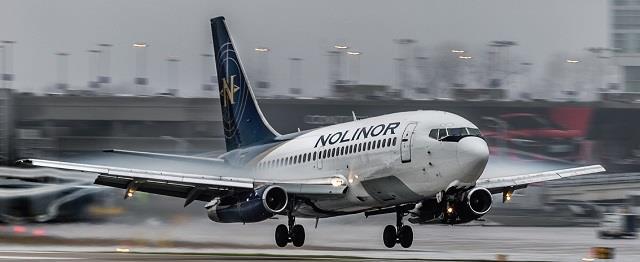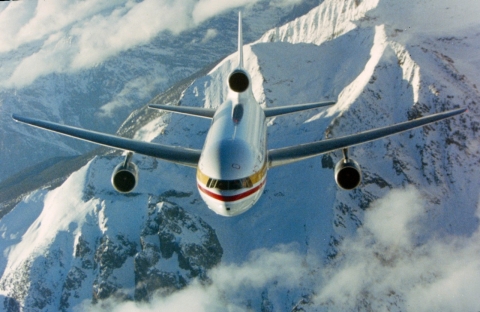The world’s gone global. That’s a crazy sentence to write and probably even worse to read. What I mean by that is the world is more connected now than ever, with long-distance traveling and, obviously, the internet. However, for the sake of this blog, I will not be talking about the internet. I’m sure you all know what it is and probably understand it better than I do. Long-distance travel has been available for hundreds of years, with fleets of ships carrying hundreds of passengers for thousands of miles. However, if you were going to take a journey on a boat, you had to be in the top echelon of society. You also had to be willing to put aside several months, watch people die of debilitating sicknesses, and risk your own life. Eventually, technology got more advanced, and the journey went from taking months to weeks to days. However, sea travel is treacherous, and if you don’t believe me, watch Titanic.
Luckily for us, the introduction of aviation changed all of that. In less than a century, airplanes went from only flying a few hundred feet to flying around the entire world without landing. Large corporations immediately took advantage of these newly-capable airplanes.
At first, four-engine airplanes were favored because engines were not very advanced in the 1950s/1960s. The first successful commercial jet airplane was the Boeing 707. Quadjets have remained an essential part of the aviation industry for nearly 60 years now. They are only now being phased out of service. The last Boeing 747, also known as “The Queen of the Skies,” was just finished on January 4th after nearly 50 years of production.

Above: Boeing 707
As time passed, engines became more powerful, and companies realized they could save money on fuel if they transitioned to airplanes using fewer engines. This triggered a battle between two types of aircraft: twinjets and trijets. Twinjets have two engines, typically with one below each wing or mounted on either side of the fuselage. Trijets have three engines in the same places as twinjets but with an extra engine in its tail. Twinjets offered better fuel efficiency but had limited range. Trijets could fly for much longer but used up more fuel.

Above: Boeing 737-200. Example of a twinjet airplane.

Above: Lockheed Martin L-1011 Tristar. Example of a trijet.
As I mentioned above, quad-jets have become obsolete in today’s market. The same thing happened to trijets. Less than 50 trijets are still flying commercially that are able to carry passengers. Engines have become so advanced and powerful that having three or four engines to lift an airplane is completely unnecessary now. Two modern engines can lift the weight that four engines from the 1950s could while using only a fraction of the fuel.
Of course, carrying more weight and using less fuel is beneficial for us, and better for the environment (refer to my civic blog). Still, I can’t help but be a little bit sad. Three and four-engined airplanes are a thing of beauty. I could be talking to Chuck Norris, and I would still look away to stare at a quadruple contrail streaking across the sky. It’s only right for me.
Hi Joey!
I thought your post was very interesting and informative for someone who doesn’t know much about planes. In fact, I didn’t even know that planes could have more than 2 engines! You explanation for why most planes these days have that many makes sense, though. I wonder how companies decide how big to make a plane / how much weight it can carry. It’s still pretty amazing to me how airplanes even work. Glad you mentioned the engines: it’s not something most of us think about and I learned something new!
While I have never really had to big of an interest in aviation, this passion blog seems like it could very well be the spark to start that interest. Also, while I have heard names such as “Boeing 747” I have never really known what its referring to other than “its a plane”, so actually seeing the specific model of plane really helps me understand what that actually means. One thing that this post got me interested in, since you mentioned the engines, would be the different types of fuel used in planes, helicopter, and other aircrafts and how they differ (if they do).